While there isn’t a singular “heaviest darts in PDC” (Professional Darts Corporation) that everyone uses, understanding dart weight and its impact is crucial for performance. This article explores the world of dart weights used by PDC professionals, the factors influencing their choices, and how you can find the perfect dart weight for your game.
⚠️ Still Using Pen & Paper (or a Chalkboard)?! ⚠️
Step into the future! The Dart Counter App handles all the scoring, suggests checkouts, and tracks your stats automatically. It's easier than you think!
Try the Smart Dart Counter App FREE!Ready for an upgrade? Click above!
Understanding Dart Weight in Professional Darts
Dart weight plays a significant role in a player’s accuracy, consistency, and overall throwing style. The legal maximum weight for darts in PDC competition is 50 grams, but most professionals use darts within a narrower range. The weight of the dart affects its trajectory, stability in flight, and how it feels in the hand. Finding the right balance is key to maximizing your potential.
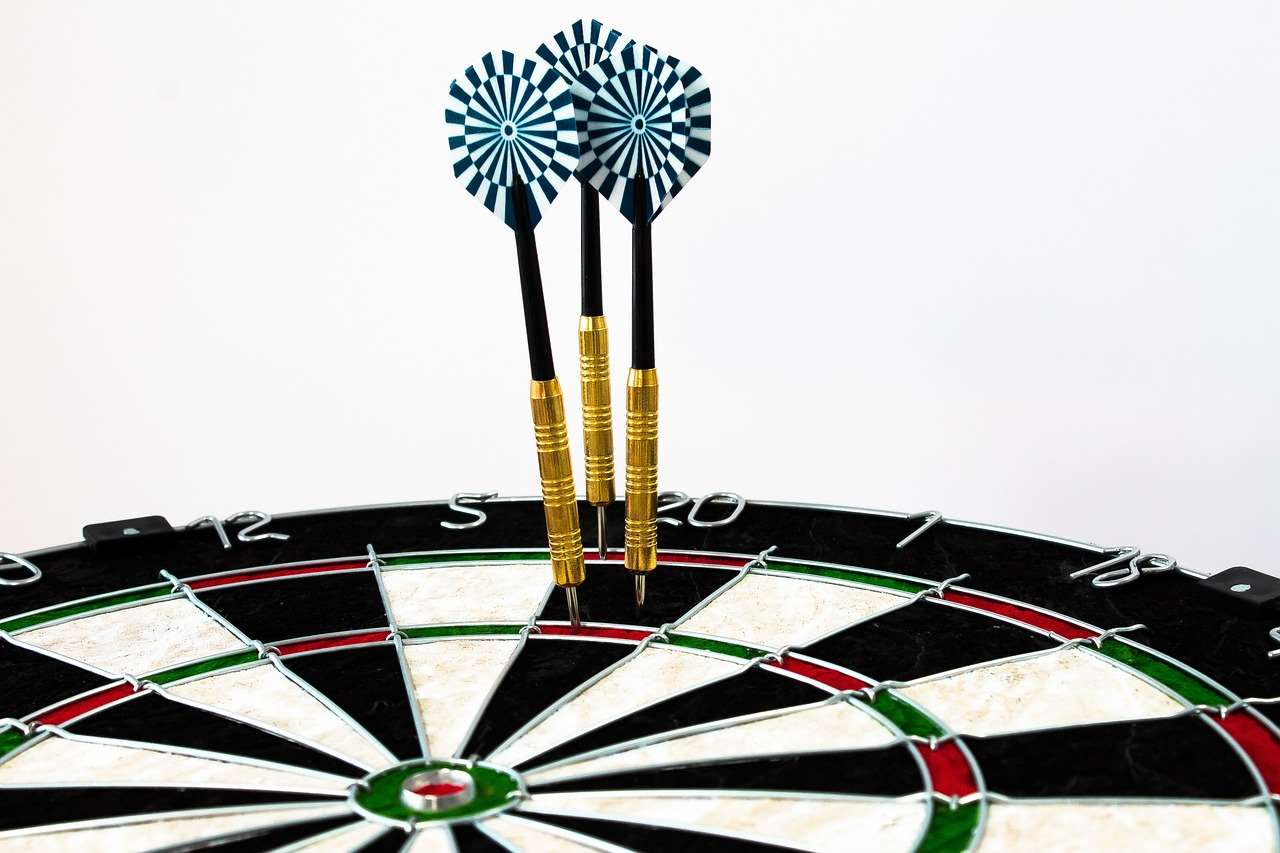
Several factors contribute to a player’s preferred dart weight:
- Throwing Style: A smoother, more controlled throw might benefit from a heavier dart, while a faster, more forceful throw could work better with a lighter dart.
- Hand Size and Grip: Players with larger hands may prefer heavier darts to get a better grip and feel more in control.
- Personal Preference: Ultimately, the best dart weight is the one that feels most comfortable and allows a player to achieve the desired results.
Common Dart Weights in the PDC
While the maximum weight is 50 grams, you’ll rarely see PDC players using darts that heavy. The most common weight range for professional darts falls between 22 and 26 grams. Some players may venture slightly outside this range, but it’s less common. Finding darts that are easily customizable is important to dial in your equipment.
It’s important to remember that the stated weight on a dart is just one factor. The distribution of that weight (balance) and the overall dart design are equally important. Darts setup from Temu may offer a starting point, but tailored equipment is often needed for serious players.
Factors Influencing Dart Weight Choice
The decision about what weight to throw is a very personal one, and there isn’t a one-size-fits-all answer. However, we can explore the primary factors players consider when selecting a dart weight. Think about your throwing style. Do you naturally throw hard or soft? Do you need to buy a dartboard darts near me? Or is this a gift? Consider your throwing style.
Throwing Style and Dart Weight
The speed and force of your throw are critical determinants of dart weight.
- Faster, more forceful throws: These throws often pair well with lighter darts. The lighter dart requires less effort to propel and can be guided more easily with a fast-paced action. A lighter dart might exhibit more wobble mid-flight.
- Slower, more deliberate throws: Heavier darts can suit this style of throwing, as the added weight provides stability and momentum.
Experimentation is vital. Try different weights to see which feels more natural and consistent with your technique.
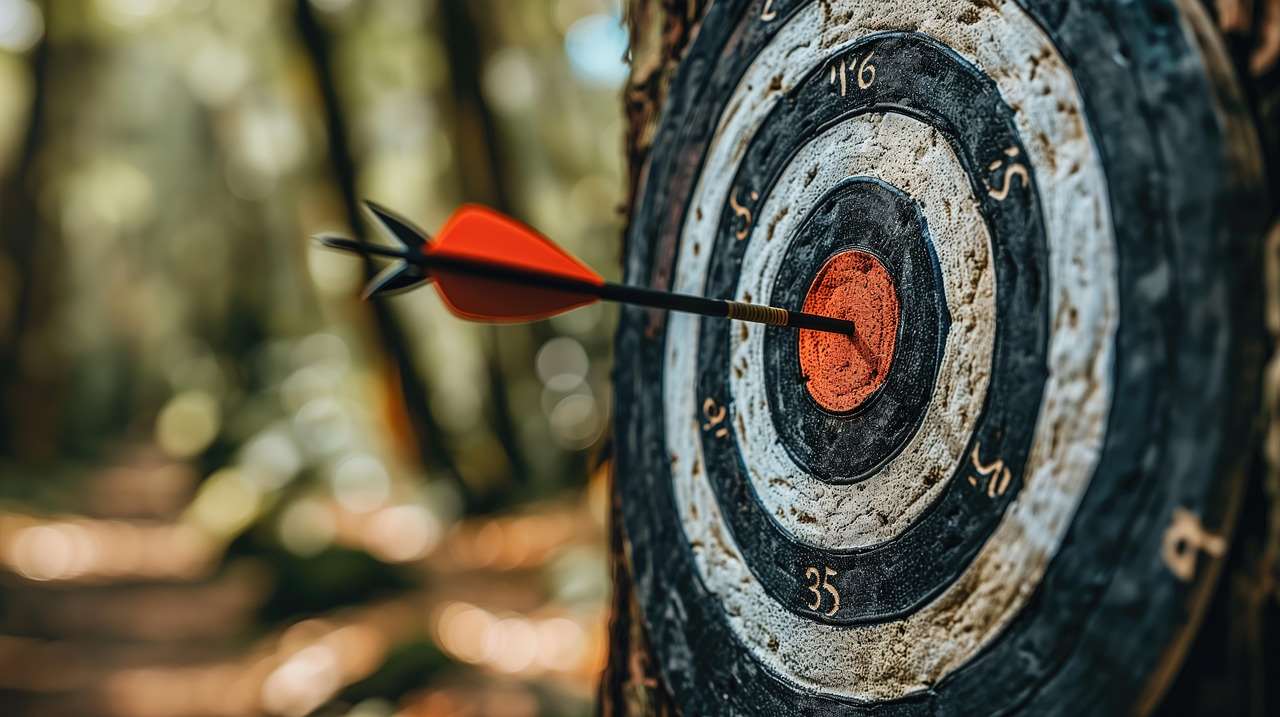
Grip and Dart Weight
How you grip the dart also significantly impacts your ideal weight.
- Firm Grip: If you hold the dart very firmly, a slightly lighter dart might be preferable, preventing you from overpowering the throw.
- Loose Grip: Players with a looser grip might benefit from a heavier dart, which provides more control and reduces the risk of the dart slipping during release.
Dart Composition and Weight Distribution
Remember, it’s not just the overall weight; the weight distribution within the dart is key.
- Front-Weighted Darts: These darts tend to fly straighter and are often favored by players with a smoother, more controlled throw.
- Center-Weighted Darts: Offer a balanced feel and are suitable for various throwing styles.
- Rear-Weighted Darts: Can be beneficial for players who release the dart with a flick of the wrist.
Material also plays a role. Tungsten darts are popular because they allow for a slimmer barrel while maintaining weight. This can improve grouping and reduce deflections. Tungsten’s density enables manufacturers to create darts with smaller diameters for a given weight, leading to tighter groupings on the dartboard.
Notable PDC Players and Their Dart Weights
Examining the dart weights used by some of the top PDC players can provide insights into how professionals approach this decision. However, it’s important to remember that what works for them may not necessarily work for you. It’s all about finding what suits your individual style. Also, be sure that you have a o’neills dart board to practice on.
- Michael van Gerwen: Known to use darts around 23 grams.
- Gerwyn Price: Usually plays with darts in the 24-25 gram range.
- Peter Wright: Famously experiments with various dart setups, but often gravitates towards darts around 22-24 grams.
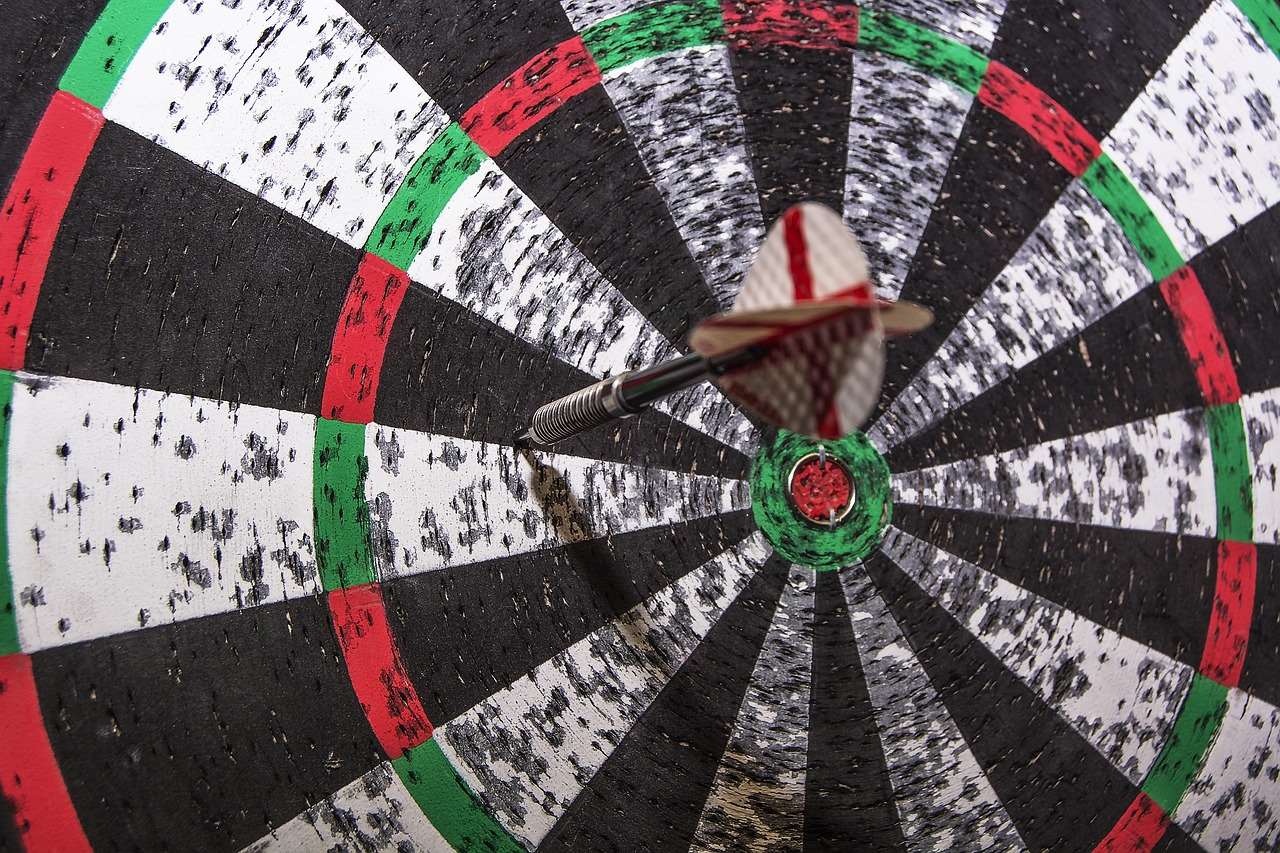
These are just examples, and players often adjust their setups based on feel and performance. The best way to get started is to simply dart spelletjes with friends, get some reps in and see what you prefer.
Experimenting to Find Your Ideal Dart Weight
The key to finding the perfect dart weight is experimentation. Don’t be afraid to try different weights and configurations until you find what feels right and produces the best results. Here are some tips for effective experimentation:
- Start with a range: Begin by trying darts within the 22-26 gram range, as this is the most common weight range among professionals.
- Borrow or rent: If possible, borrow darts of different weights from friends or visit a darts shop that allows you to try before you buy.
- Track your results: Keep a record of your scores and how each dart feels in your hand.
- Be patient: It may take time to find the perfect dart weight, so don’t get discouraged if you don’t see results immediately.
Adjusting Your Technique for Different Dart Weights
When you change dart weights, you may need to make slight adjustments to your throwing technique to compensate. For example, if you switch to a heavier dart, you might need to use a little more force in your throw. Conversely, if you switch to a lighter dart, you might need to focus on a smoother, more controlled release.
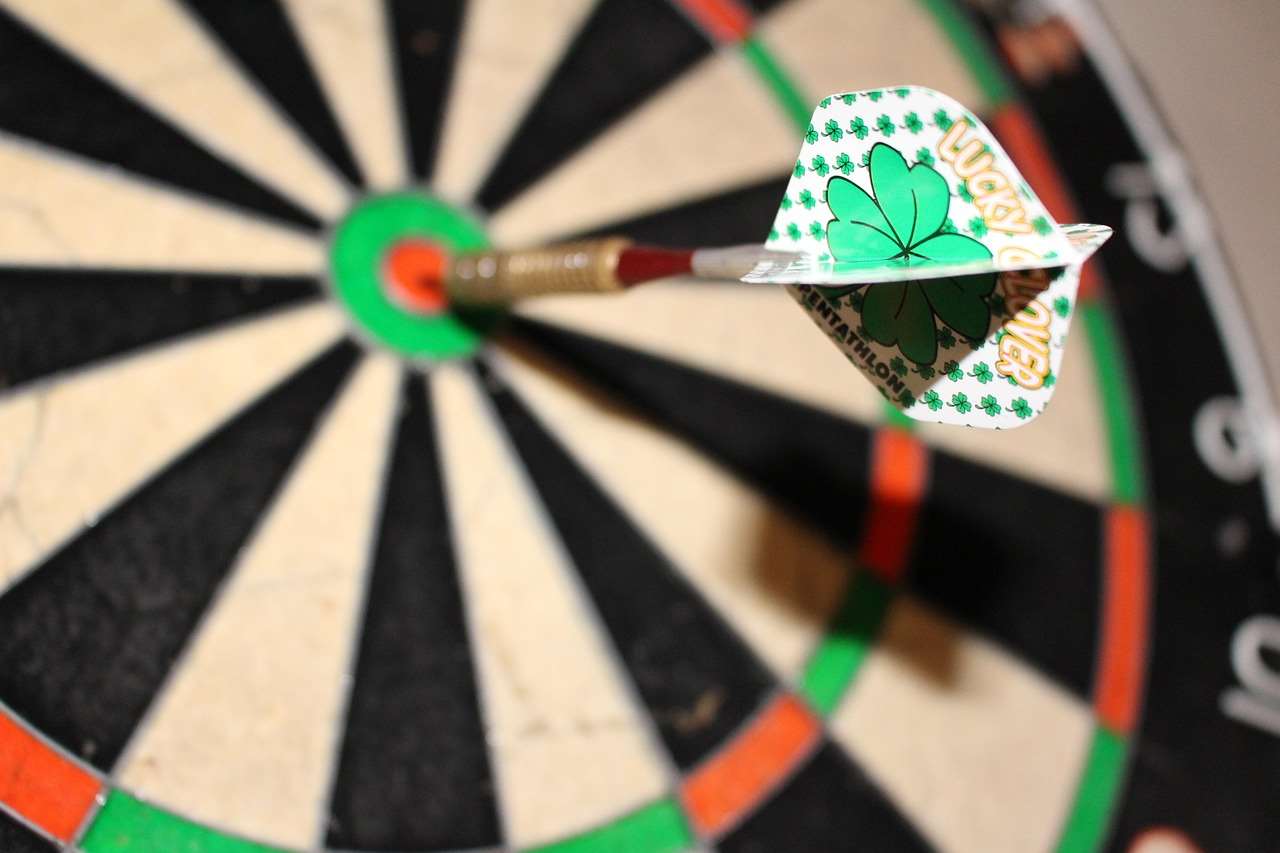
Practice is essential to adapt to any new dart setup. Give yourself time to adjust your technique and develop a consistent throw with the new weight. It is also important to know where is the darts players championship held if you have dreams of being pro!
Beyond Weight: Other Important Dart Characteristics
While we’ve focused on dart weight, it’s important to remember that other dart characteristics also play a significant role in performance.
- Barrel Shape: Cylindrical, torpedo, and bomb-shaped barrels offer different grip and balance characteristics.
- Grip Texture: Knurled, ringed, and smooth grips provide varying levels of traction and control.
- Shafts and Flights: The length and material of the shafts and the shape and size of the flights can affect the dart’s stability and trajectory.
Consider the interplay of these factors when selecting your darts. Experimenting with different combinations can help you fine-tune your setup for optimal performance. Be sure to use a Digital dart score app to keep track of your progress.
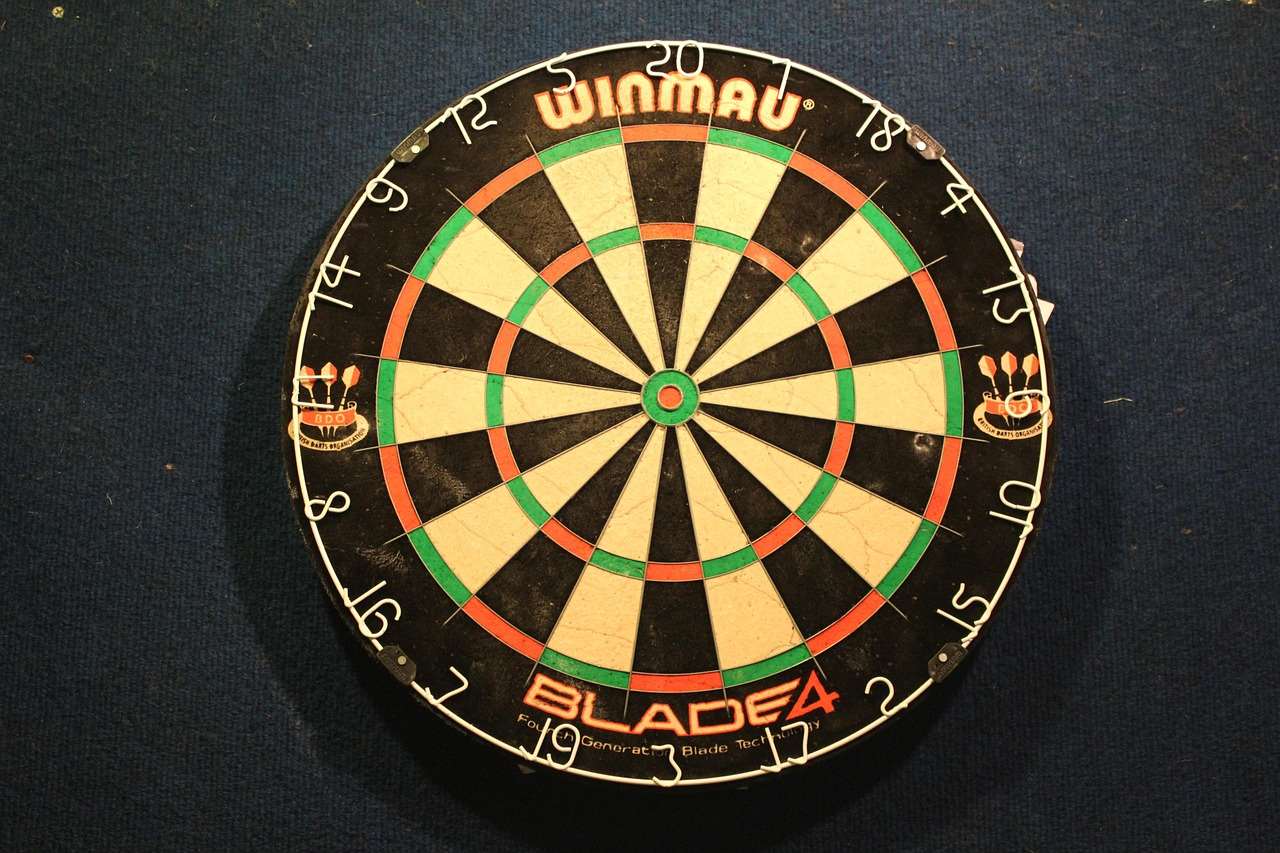
The Importance of Consistent Practice
Ultimately, the most important factor in improving your dart game is consistent practice. Even the heaviest darts in PDC won’t make you a better player overnight. Dedicate time to practice regularly, focusing on your technique and consistency. With enough practice, you’ll develop a feel for your darts and be able to throw them accurately and consistently.
Conclusion: Finding Your Perfect Dart Weight for PDC Performance
While there isn’t a single answer to what the “heaviest darts in PDC” are, understanding the principles of dart weight and how it interacts with your throwing style is vital. Experiment with different weights, consider other dart characteristics, and practice consistently to find the setup that works best for you. Don’t be afraid to deviate from the norm and find what truly feels comfortable and yields the best results. Remember, the perfect dart weight is a personal choice that depends on your individual technique and preferences.
Now that you understand more about dart weight, it’s time to experiment and find the perfect setup for your game. Visit your local darts shop or explore online retailers to try out different weights and configurations. Start tracking your progress and see how different setups affect your accuracy and consistency. With dedication and experimentation, you can optimize your dart setup and take your game to the next level.
Hi, I’m Dieter, and I created Dartcounter (Dartcounterapp.com). My motivation wasn’t being a darts expert – quite the opposite! When I first started playing, I loved the game but found keeping accurate scores and tracking stats difficult and distracting.
I figured I couldn’t be the only one struggling with this. So, I decided to build a solution: an easy-to-use application that everyone, no matter their experience level, could use to manage scoring effortlessly.
My goal for Dartcounter was simple: let the app handle the numbers – the scoring, the averages, the stats, even checkout suggestions – so players could focus purely on their throw and enjoying the game. It began as a way to solve my own beginner’s problem, and I’m thrilled it has grown into a helpful tool for the wider darts community.